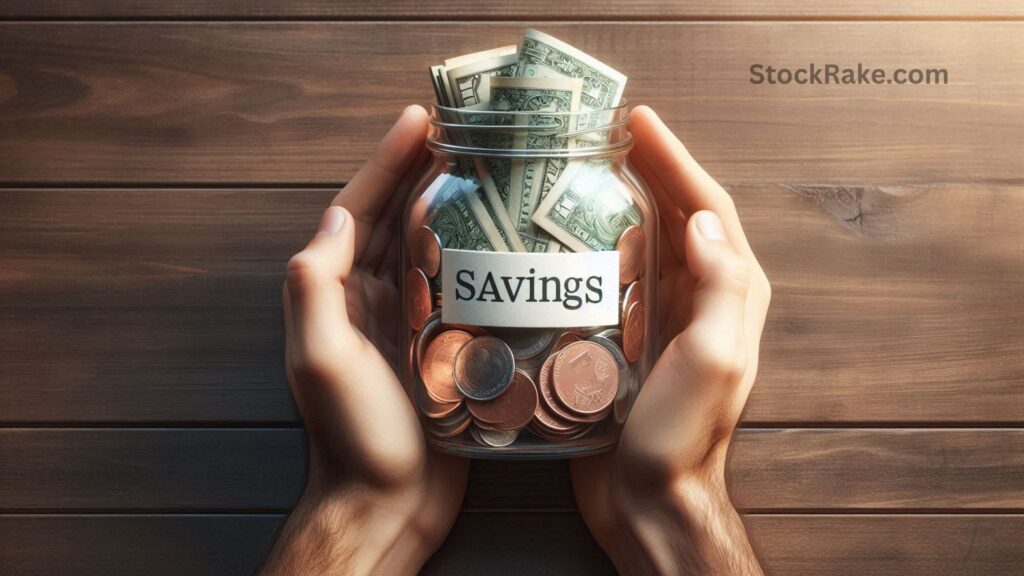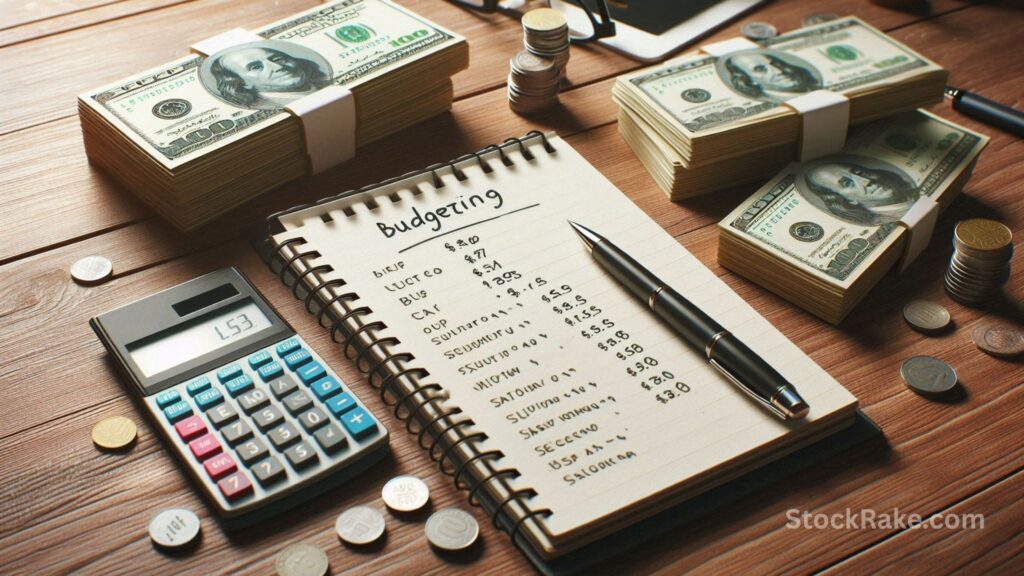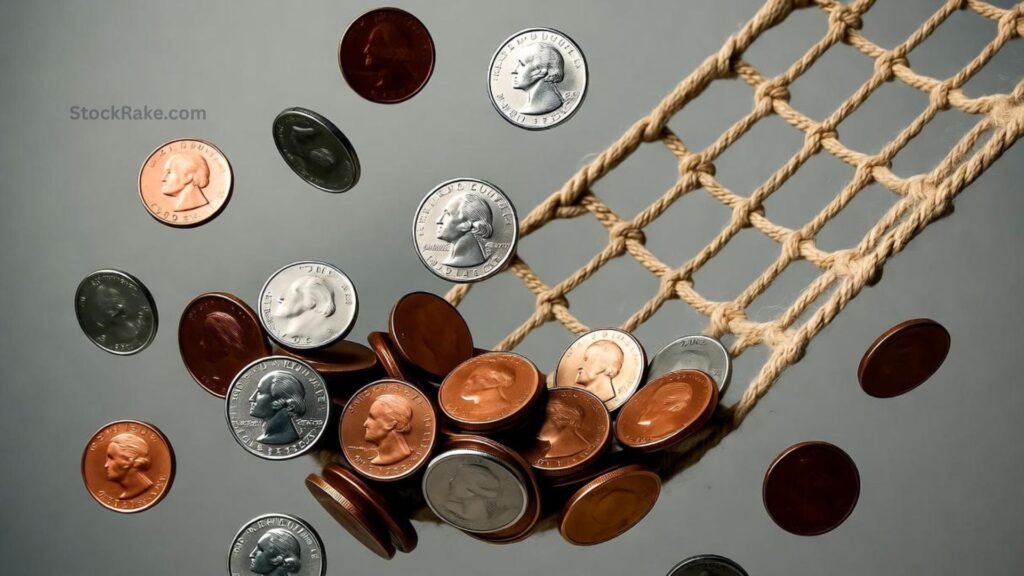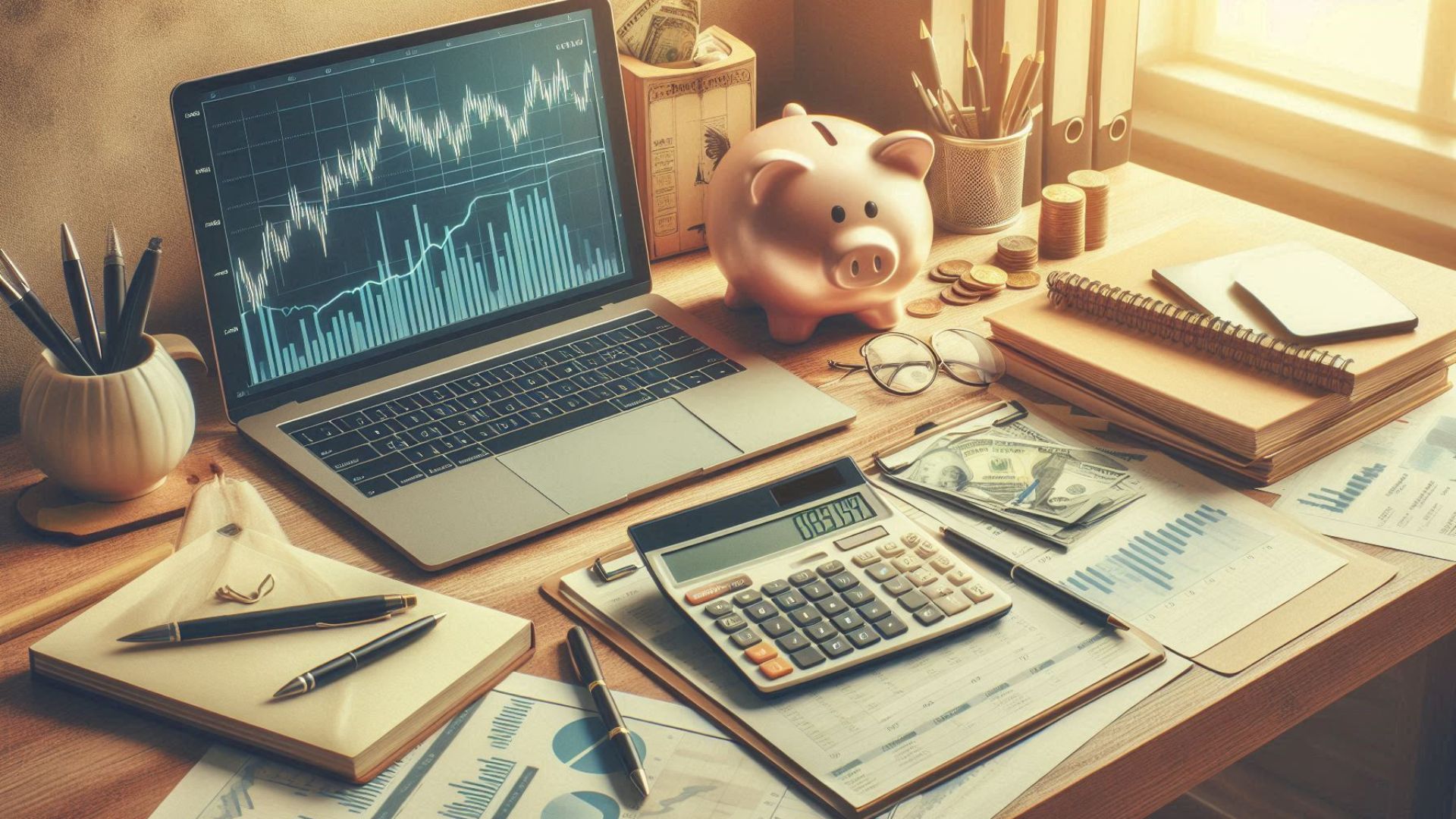Life is full of surprises—some wonderful, others financially challenging. A sudden job loss, a medical bill, or a car breakdown can throw even the best financial plans off track. That’s why building an emergency fund is just as important as investing for your future.
An emergency fund acts as your financial shock absorber—protecting you from debt and keeping your long-term investments untouched during hard times. At the same time, investing ensures your money grows over the years. The real magic lies in doing both strategically.
In this guide, we’ll explore exactly how to build an emergency fund while continuing to invest, so your financial plan stays strong, flexible, and future-ready.
What is an Emergency Fund?
An emergency fund is a pool of money set aside exclusively for unexpected and urgent expenses. It’s not for vacations, shopping sprees, or planned purchases—it’s for the “what if” moments in life.

Think of it as your financial safety net. If you lose your job, face a medical crisis, or deal with sudden home repairs, this fund helps you stay afloat without breaking your investments or using high-interest credit cards.
In short:
- It prevents panic during crises.
- It protects your investment portfolio.
- It provides peace of mind and stability.
According to Forbes, even a small emergency fund can drastically reduce financial stress and improve your overall resilience.

Also Read: How Are Global Events Impacting US Markets Right Now?
Why You Need an Emergency Fund Before (or Alongside) Investing
Investing without an emergency fund is like building a house without a foundation. You might have impressive financial goals, but one major unexpected expense could derail them.

Here’s why this fund is non-negotiable:
- Prevents debt traps: You won’t have to rely on credit cards or loans in emergencies.
- Protects your investments: You won’t need to sell stocks or withdraw from long-term funds during market lows.
- Reduces anxiety: Knowing you have a backup plan helps you make smarter investment decisions.
- Maintains financial discipline: You’ll be able to stick to your goals, even when life gets tough.
💡 Pro Tip: Treat your emergency fund like an insurance policy. You hope you never need it—but when you do, it can save you from financial disaster.
ease your savings or add bonuses, and you’ll get there faster. The key is to be steady, not rushed.

Also Read: What Are the Best Stock Picks from Reddit’s WallStreetBets?
How Much Should You Save in an Emergency Fund?
The ideal size of your emergency fund depends on your personal situation. A common rule of thumb is to save enough to cover 3 to 6 months of essential living expenses.
However, the exact amount can vary:
- Salaried employee: 3–6 months’ expenses
- Self-employed or freelancer: 6–12 months’ expenses
- Family with dependents: 6–9 months’ expenses
- Single with stable job: 3–4 months’ expenses
Essentials include:
- Rent or mortgage
- Groceries and utilities
- Insurance premiums
- Loan EMIs
- Basic transportation
- Healthcare costs
Skip luxuries like dining out or travel when calculating this number. Focus on what you must cover to survive comfortably.
How to Calculate Your Emergency Fund (Example Included)
Here’s a simple step-by-step way to calculate your target emergency fund:
- List your essential monthly expenses.
Example: Rent ₹12,000 + Groceries ₹8,000 + Bills ₹3,000 + EMIs ₹5,000 + Others ₹2,000 = ₹30,000/month - Multiply by 3–6 months.
- For 3 months → ₹90,000
- For 6 months → ₹1.8 lakhs
- Start small, but start now.
Even saving ₹1,000–₹2,000 a month builds momentum. As your income grows, increase your contribution. - Review and adjust yearly.
As your expenses or lifestyle change, update your emergency fund goal.
Example:
If your monthly essentials are ₹30,000 and you save ₹10,000 per month, you’ll reach ₹1.8 lakh (a 6-month fund) in 18 months. Speed up with bonuses or side income when possible.
Where to Keep Your Emergency Fund
The best place for your emergency fund is safe, accessible, and low-risk. The goal isn’t to earn high returns—it’s to have money ready when you need it.
Here’s a smart allocation strategy:
| Investment Option | Access Time | Risk Level | Approx. Returns | Best For |
|---|---|---|---|---|
| Savings Account | Instant | None | 2.5%–4% | Immediate needs (1–2 months) |
| Sweep-in FD | Within 1 day | Very Low | 5%–6.5% | Slightly higher returns |
| Liquid Mutual Funds | Next day | Low | 4%–7% | Majority of your fund |
| Overnight Funds | Next day | Near zero | 3%–5% | Ultra-safe, conservative investors |
| Auto-Sweep Account | Instant | Very Low | 4%–6% | Great for salaried employees |
🏦 Expert Tip:
Keep 30–40% in a savings account or sweep-in FD for instant use.
Place the remaining 60–70% in liquid or overnight mutual funds for slightly better returns without losing safety.
Sources: RBI Guidelines, Moneycontrol
How to Build an Emergency Fund While You’re Still Investing
You don’t have to stop investing to build your emergency fund. The trick is to balance both strategically.
Here’s how:
1. Split Your Income Wisely
Use the 50/30/20 rule as a base:
- 50% → Essentials (rent, bills, food)
- 30% → Lifestyle (wants, entertainment)
- 20% → Financial goals (split between emergency fund and investments)
As your emergency fund grows, gradually shift that portion toward more aggressive investments.
2. Automate Your Savings
Set up automatic transfers to your emergency fund every payday. Out of sight, out of temptation. Automation ensures consistency—your fund grows without constant effort.
3. Use Windfalls to Speed Up Progress
Bonuses, tax refunds, and gifts can give your emergency fund a big boost. Instead of spending it all, allocate 50–70% toward your savings goal.
4. Avoid Mixing Funds
Keep your emergency fund in a separate account from your investment portfolio. This helps prevent accidental spending and keeps your strategy clear.
5. Rebalance Regularly
Once your emergency fund reaches its target, redirect future savings into investments like mutual funds, ETFs, or SIPs. This ensures both stability and growth in your finances.
Common Mistakes to Avoid

- Investing before saving: Don’t jump into the stock market without a safety cushion.
- Using risky investments for emergencies: Avoid equity or long-term FDs for your emergency fund.
- Ignoring inflation: Revisit your fund annually; costs rise over time.
- Keeping it all in cash: Cash loses value. Use a mix of savings and low-risk funds.
- Over-saving: Once you’ve reached your target, stop adding to it—let the rest grow in investments.
Real-Life Example
Riya, a 28-year-old marketing professional, earns ₹70,000/month.
Here’s how she builds her emergency fund while investing:
- Monthly expenses: ₹35,000
- Emergency fund goal: ₹2.1 lakhs (6 months)
- Monthly saving: ₹12,000 → ₹7,000 to emergency fund, ₹5,000 to SIPs
- Achieves full emergency fund in 30 months
- Afterward: Redirects ₹7,000 into equity funds for long-term wealth creation
This approach lets her stay protected and build wealth simultaneously.
Conclusion: Your Financial Safety Net Starts Today
Building an emergency fund while investing isn’t about choosing one over the other—it’s about balance. Your emergency fund gives you peace of mind today, while your investments build wealth for tomorrow.
Start small, automate your savings, and stay consistent. Over time, you’ll not only feel more secure but also more confident in your investment journey.
🧭 Next Step:
Calculate your monthly essentials, set your emergency fund goal, and open a dedicated savings or liquid fund account today. Your future self will thank you.
Frequently Asked Questions (FAQs)
Q1. Should I stop investing until I have a full emergency fund?
No, you can do both. Just prioritize your emergency fund first—allocate more to it until you reach your goal, then increase your investments.
Q2. Can I invest my emergency fund in stocks or crypto?
Absolutely not. Emergency funds must be low-risk and easily accessible, not volatile.
Q3. How often should I review my emergency fund?
At least once a year or after any major life change—like a new job, child, or relocation.
Q4. What if I need to use my fund?
That’s exactly what it’s for. Use it confidently, then rebuild it as soon as possible.
Q5. Should couples have a joint emergency fund?
Yes, especially for shared expenses like rent or mortgage. Keep individual smaller funds for personal emergencies.


